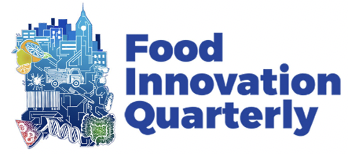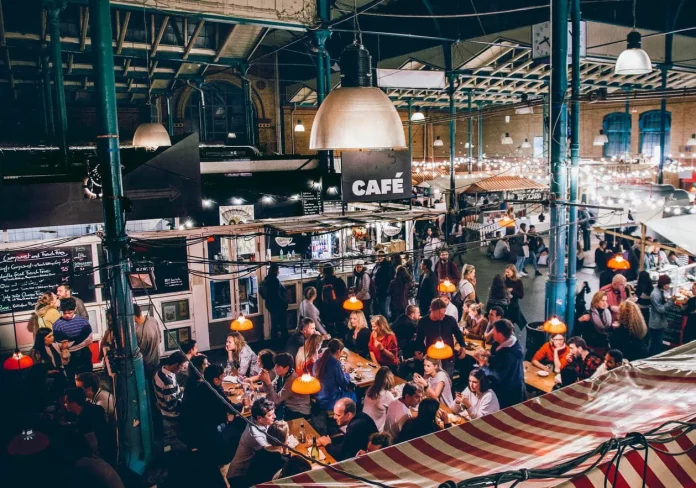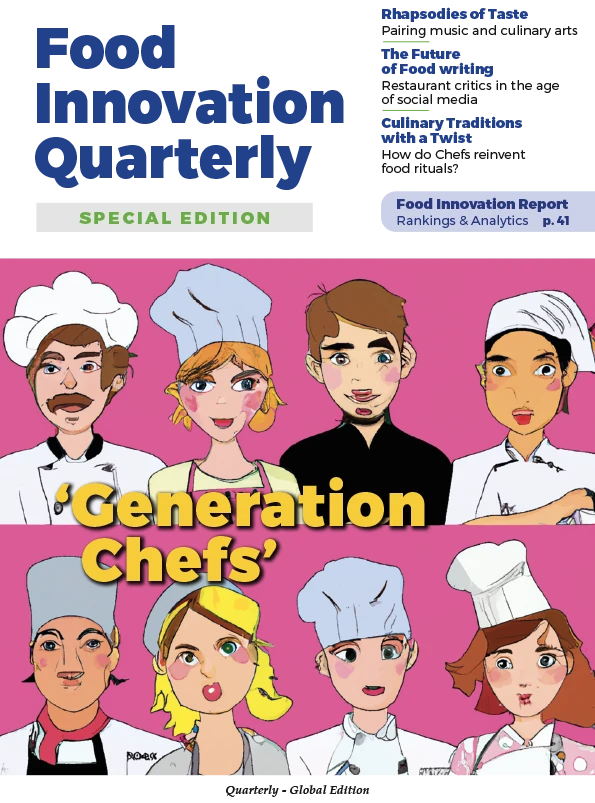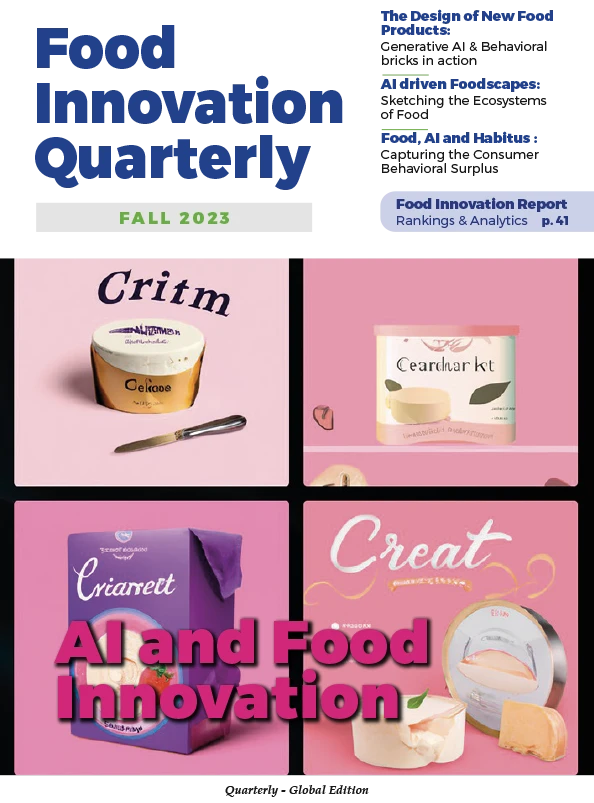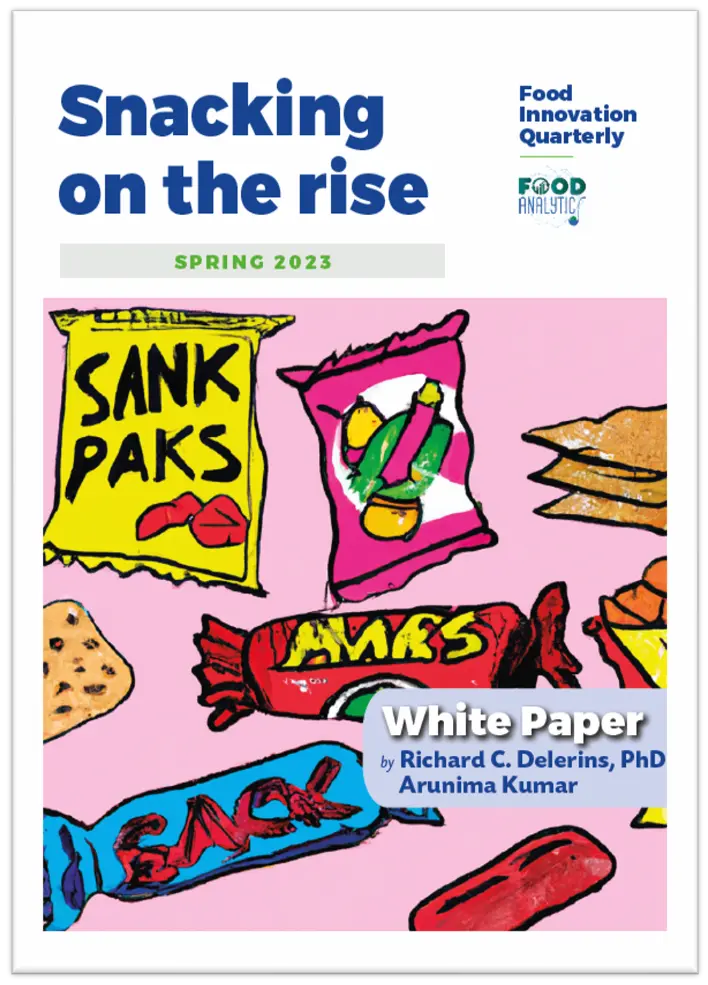Berlin today is a cosmopolitan metropolis, and that’s also reflected in the food on offer, from currywurst, pizza and döner kebab, injera and ramen noodles on the streets, to the creations of Michelin starred restaurants. But it wasn’t always like that, and the food I grew up with in the 1960s and ‘70s was something different altogether. Berlin today holds its own next to London, Paris, New York or Melbourne – yet it is utterly different.
‘Today, Berlin is kind of cool!’
When I mention stemming from the city whose 3.7 million inhabitants are only an hour’s train ride away from the Polish border, eyes light up. That wasn’t always the case. During my very first trip to the US in the early 80s, it almost inevitably led to a fundamental uneasiness and the stereotypes of sauerkraut (which I used to hate), the Berlin wall and Adolf Hitler. Back then I longed to come from a “normal, nice” place, with food everyone liked, such as France …
If you’re now thinking of currywurst not being that much better than sauerkraut – agreed, not exactly Michelin-starred fare either, but it can be fun, and there is so much else, not the least very good sauerkraut, and wonderful cheese, the main obsession in my current life as a food writer and historian. Most importantly though, similar to Germany as a whole, my city has come to terms with its true roots and the continuous influx of new people who over the centuries have been adding their own favorites and habits to the mix that makes Berlin.
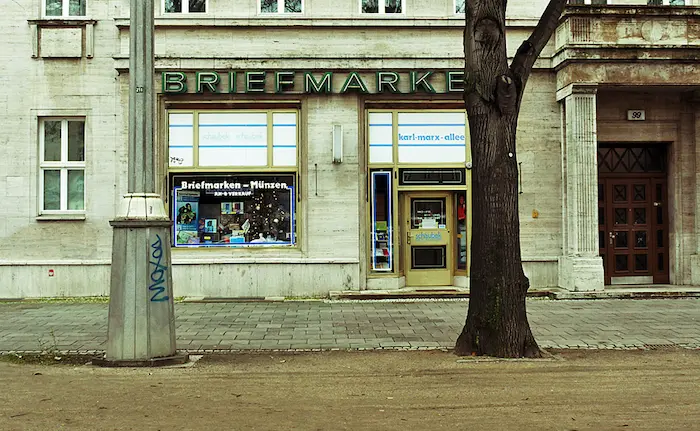
From a Provincial Backwater to the Crucible of the East
Let’s look back in time. To understand Berlin, you’ll have to keep in mind that Germany as a political entity only exists since 1871, when Berlin became the newly united German empire’s capital. Up to that point, and in spite of having acted as Prussia’s capital, Berlin had been a provincial backwater. Contrary to Paris, it was not surrounded by a large kingdom to feed it in terms of food and culture, and it didn’t have access to a navigable river such as London (a city that’s been feeding itself off its overseas empire rather than its hinterland).
Another important factor is that industrialisation in Germany set in late, from around 1850 on (roughly a century later than in England, and then largely following its example, above all for agriculture). But German engineers and their like made up for the delay, driving incredibly fast changes. Railway, refrigeration, mining, machinery, electricity and much more saw unbelievable progress in a very short time. Raw material as well as people could now be moved, which in turn led to a wave of massive urbanisation: whole families left the jobless rural areas east of Berlin to labour in the new factories springing up in and around Berlin.
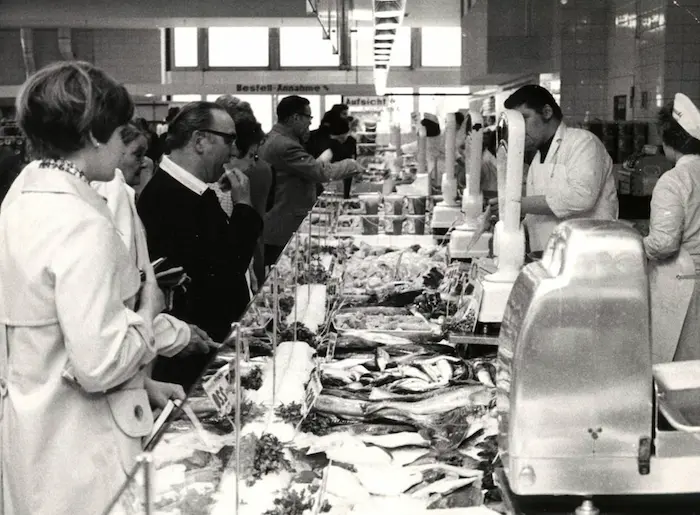
My grandparents’ generation, born shortly after 1900, used to say that a real Berliner was someone whose grandparents stemmed from the east, and with that they meant the German provinces which now are Polish. That is why I love saure Gurken, pickles, sauerkraut (now that I know how to prepare it), and smoked fish – and why I feel at home in New York’s delis. That’s the fare I grew up with. Chopped liver for me translates to Leberwurst, and I fondly remember the Kartoffelpuffer, latkes, my grandfather used to serve with Apfelmus, apple sauce, and linseed oil. This is the eastern European, Slavic, element in Berlin’s culinary DNA, also still present in the form of pickles from the nearby Spreewald region, or at delis such as Rogacki, which started as a fish smokery in the 1920s.
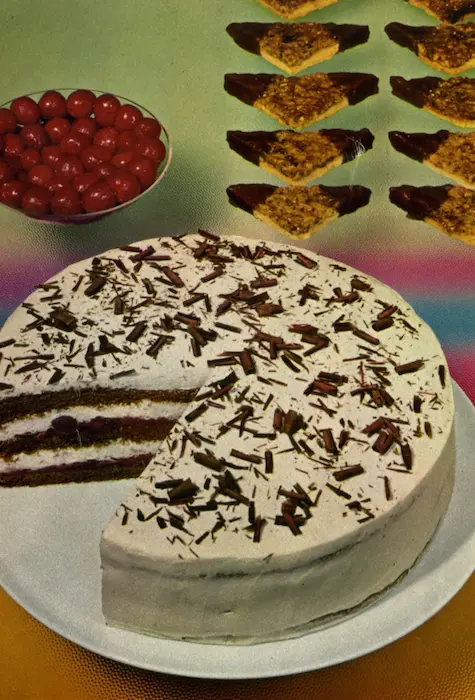
Due to those economic migrants, towards the end of the 19th century, Berlin was one of the world’s fastest growing city, on a scale with the North American cities such as Chicago. On the ground that translated into crammed, chaotic, overstretched conditions – the working classes’ living quarters were called Mietskasernen, literally tenement barracks, up to seven or eight backyards deep. Privacy was almost non-existent, and public space had to be used as much as possible (the complete opposite of the bourgeois ideal – but that’s a different story). Eckkneipen, corner pubs, were said to be found ‘five on four corners’, and on Sundays, everyone tried to get out of the city, heading for beer or coffee gardens. Usually one took one’s cake along, but nothing fancy. No Schwarzwälder Kirschtorte, Black Forest cherry gateau, that my mother used to make for my birthday, but large sheets of thick yeasty dough with the fruit of the season – or poppy seeds, another eastern European legacy – and a thick layer of sugary crumble, with as much butter as one could afford.
Cow-abunga! Grazing in the local markets:
To feed its people, Berlin had been obliged to bring in staple foodstuffs early on in, but with the metropolis exploding, the food situation changed dramatically. Open-air farmers markets, where producers from the surrounding areas brought their wares to town (mostly by boat, on the many waterways) and offered them on the streets, were no longer sufficient and increasingly unhygienic. Slaughtering was taking place in backyards and frequently under appalling conditions, whereas state and city were eager to enforce the new food inspection laws. The city council therefore decided to invest in a central cattle market and slaughterhouse, which opened in 1881, followed by 14 Markthallen, covered markets, from 1886 to 1892. In Berlin as in many other European cities, their design was state-of-the-art, with cooling facilities, running water and sewage systems, and in some cases with their own railway siding.
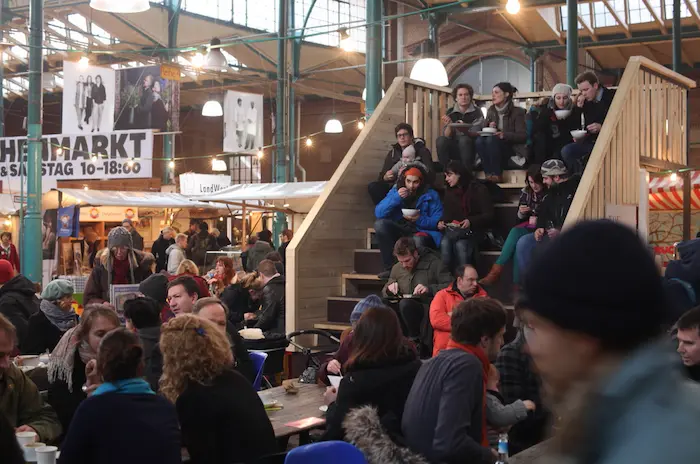
One of my very favorite food places in the city today is Markthalle Neun, one of three surviving the WWII bombings. Ten years ago, a private group saved it from being taking over by a large discounter. Once again it now houses a colourful mix of local producers and fare as well as acting as an incubator for small food start-ups. It is here that my monthly Heinzelcheesetalk takes place, an informal cheese and wine tasting, but I also come for shopping or to meet friends. The Markthalle’s open, inclusive philosophy is a far cry from most concept-driven food halls worldwide. It is unpretentious, down to earth, and yet quality-driven in a holistic way. I like to think that it didn’t feel much different some hundred years ago.
Talking about local products: around Berlin, soils are mostly poor and sandy, which in combination with the eastern European continental climate – hot dry summers and cold winters – means potatoes, rye, cabbage and cucumbers, and pigs as the main meat animal. But then as now, this has been augmented by imports (and around 1900 there was as much discussion as to how much one should depend on them as there is now). Luxury delicatessen Fehér boasted in 1914: “The limits imposed in earlier times by poor transport technology are disappearing. Today nothing keeps the gourmet from delighting in game, fruit, and vegetables from foreign countries” – he had grapefruit, kangaroo tail, okra and much more on offer. A century ago however, this was affordable to a much smaller group. Berlin has never been rich, there has always been much less money swapping around than in NYC, Paris or London.
The East & The West of it: A Geographical Limbo
Let’s skip the two world wars, the times of crisis in between, and the horrors of the Holocaust – obviously all of that left strong marks on the city’s culinary DNA. Until I understood about the true dimensions of the shadows of the past (as much as New York delis feel like home to me, they do not exist in that form in Berlin), for me personally, on the western side of the wall that went up two years before my birth in 1963, that very strange state of affairs of growing up in a divided city felt much more formative.
For 28 years, until the fall of the wall in 1989, “my” half of the city was cut off from its surroundings and floated in a socio-economic and geographical limbo. In people’s minds, it was situated somewhere between the Rhine, the Seine and the Mediterranean, with US American cultural influences on top, due to the Marshall Plan. Very occasionally, as a kid, I was treated to a currywurst, a dish “invented” in the immediate postwar years using Allied forces’ rations, and though I loved gummy bears (invented 100 years ago in Bonn), my favoured kind of gummy candies, produced by the same company, Haribo, were small bottle-shaped, Coca Cola flavoured ones, even if sanctioned as unhealthy by my father.
The French Connection
He wasn’t the only one to rank anything French much higher (he also made me attend Berlin’s Collège Français), and I wonder if that wasn’t partly due to the important role French immigrants played in Berlin’s history. Following the abolition of the Edict of Nantes by Louis XIV in 1685, the Great Elector of Brandenburg invited Huguenot immigrants to settle in Berlin, as he was short of citizens due to the Thirty Years War and the ensuing epidemics. In 1698 Berlin’s French colony made up a quarter of the city’s population.
It appears that on a lower social level many réfugiés quickly assimilated, and languages mixed: Berlin’s “dialect” is a jargon. Fried meatballs are eaten elsewhere in Germany, but it’s only in Berlin that they are referred to as B(o)uletten, originally boulettes de viande. Whenever my mother didn’t know what to feed us for lunch, she made Bouletten, and always in large quantities, because they taste just as good when “left over” and cold. For Sundays though, a favourite dish was Hühnerfrikassee, chicken fricassee (and ironically in French called blanquette de poulet).
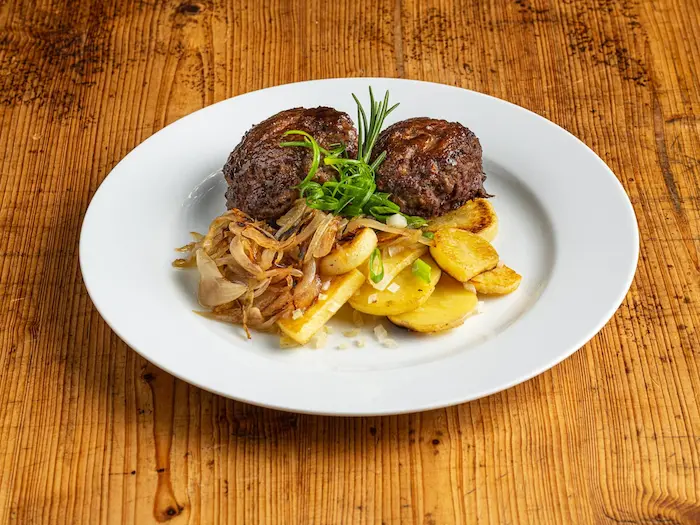
French culture played an important role in Germany in general from the mid-18th century on, when everything turned fashionably into à la mode (des Français). Post-WWII that “special relationship” was rekindled. As early as in 1959, France started a large advertising campaign for French wine in Germany, and by 1975 Paul Bocuse and his pâtissier colleague Gaston Lenôtre both had outlets at the Kadewe, Berlin’s Harrods. It was the only place where “real” baguette was on offer, as well as croissants, fruit tarts and other wonderful concoctions such as Gâteau Madame. Lenôtre had a counter with ten seats, and I remember saving my pocket money for a visit there, as well as buying “Faites votre Pâtisserie comme Lenôtre” on our first family trip to France. Today of course, croissants are as common in Berlin as American style hamburgers, and the Lenôtre stall at Kadewe is just one of many similar (and often better) places.
‘A pseudo-privileged East’
Meanwhile, the other half of the city was lulled into a pseudo-privileged position as East Germany’s capital, supposedly close to Moscow and the Soviet way of life. Due to our fortnightly family outings to Mahlsdorf in East Berlin where my mother’s family lived (the whole rigmarole and harassment at the border controls included our car being searched for weapons, newspapers and verboten food such as meat), the intricacies of their daily life were familiar to me. Shopping for food meant long queues, empty shelves and Bückware, bottom-shelf goods you only got hold of with the right connections. Eating out you could count on Soljanka and Letscho as reliable offerings, while my favorite cake at my aunt’s was Kalter Hund (made of butter cookies layered with chocolate fondant that became suddenly very trendy a few years ago).
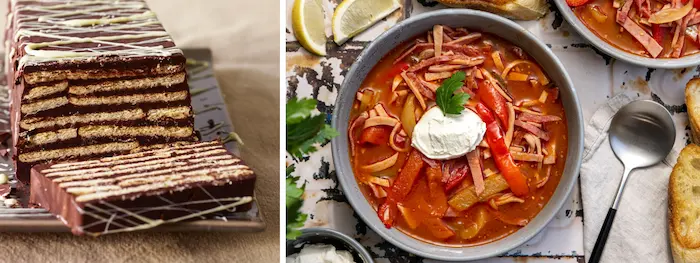
Vagaries Aplenty
I could go on and on, there is so much more to my Berlin. Perhaps the common thread could be subsumed to “vagaries aplenty”. Be it as a divided city or during the economic crisis following reunification, and somewhat similar to the long-drawn-out grey of winter, life here isn’t a cuddly, happy-clappy one. But it has a way of reminding one of its realities, it always manages to get Berliners’ feet back onto the real ground.
This is why, at some point after the wall came down, we finally understood that our city was situated neither in France, America nor in Italy (like in the rest of Germany, pizza, pasta, and mozzarella are everywhere) and nowhere near the Russian capital either, but right in the middle of the European continent. My favorite restaurant in Berlin, Nobelhart und Schmutzig, is based on exactly that. Since 2015, patron Billy Wagner and chef Micha Schäfer have been developing a cuisine strictly based on local produce, which they call Brutal Lokal, brutally local. Their style is very pared down and unpretentious, and as a guest I feel taken seriously and challenged in a good way: This really is Berlin.
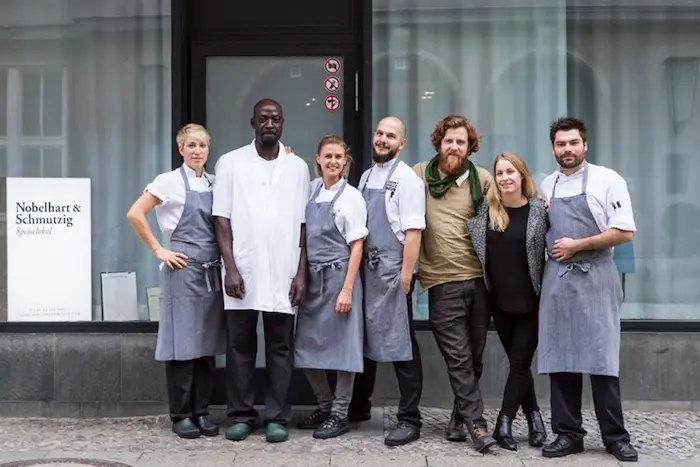
This is also why other favorite places to eat out include Hot Spot, a Chinese restaurant with an amazing wine list run by my friends Huiqin Wang and Jianhua Wu, Dat Vuong’s beautiful Vietnamese soup kitchen Monsieur Vuong, and more recently NaNum, where Korean-born Jinok Kim-Eicken reinvents the food traditions of her home cuisine with local Berlin produce. We’ve (finally!) come to terms with the fact that Germany is not a monocultural state. It took us too long, and we are still chewing on it – but like a good Eintopf, a stew, it gets more delicious with simmering.
